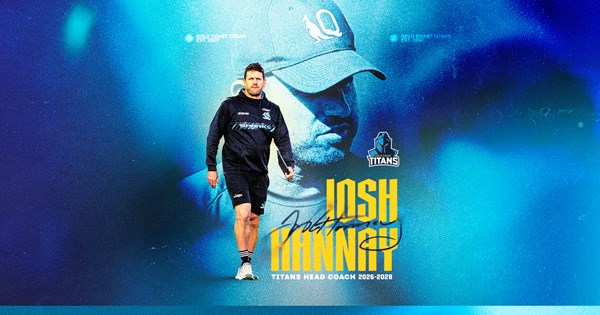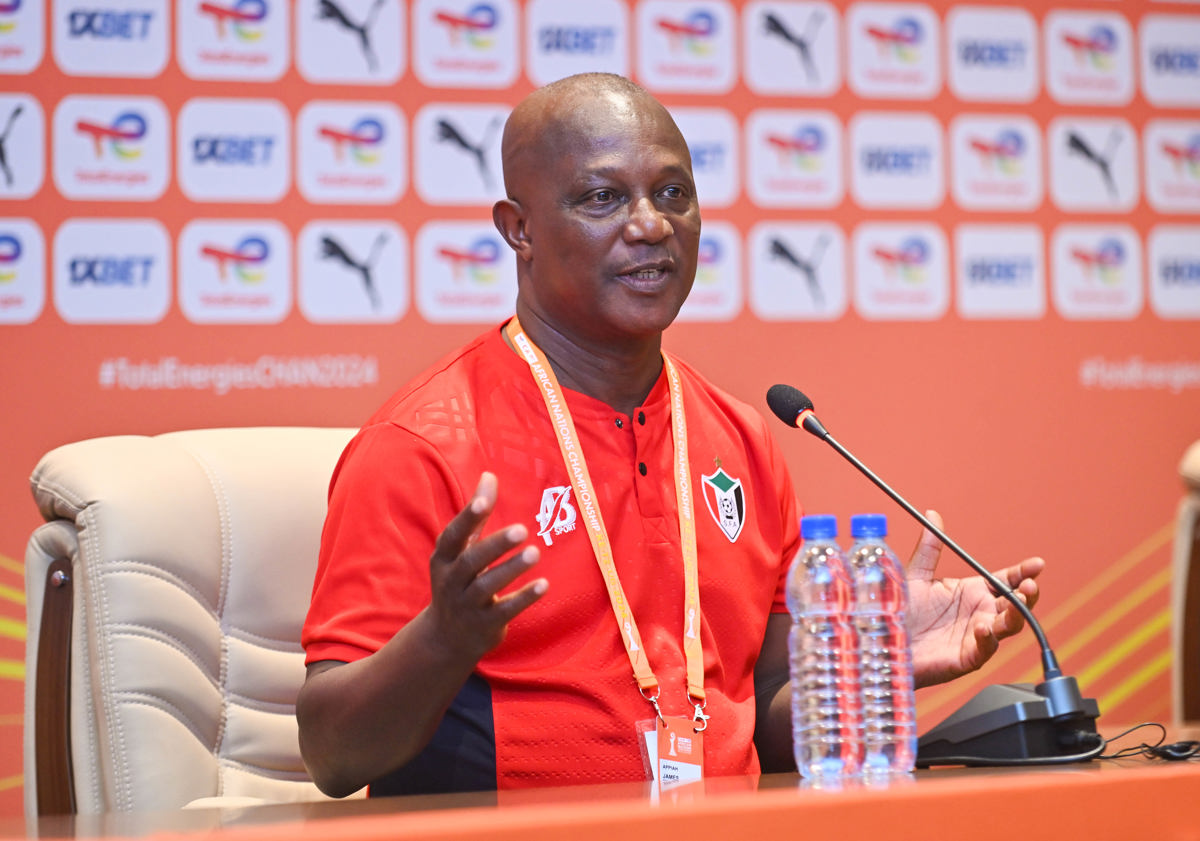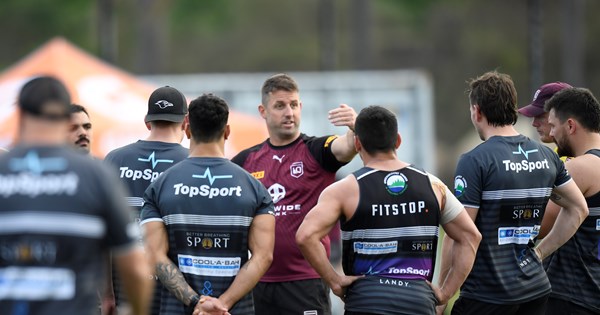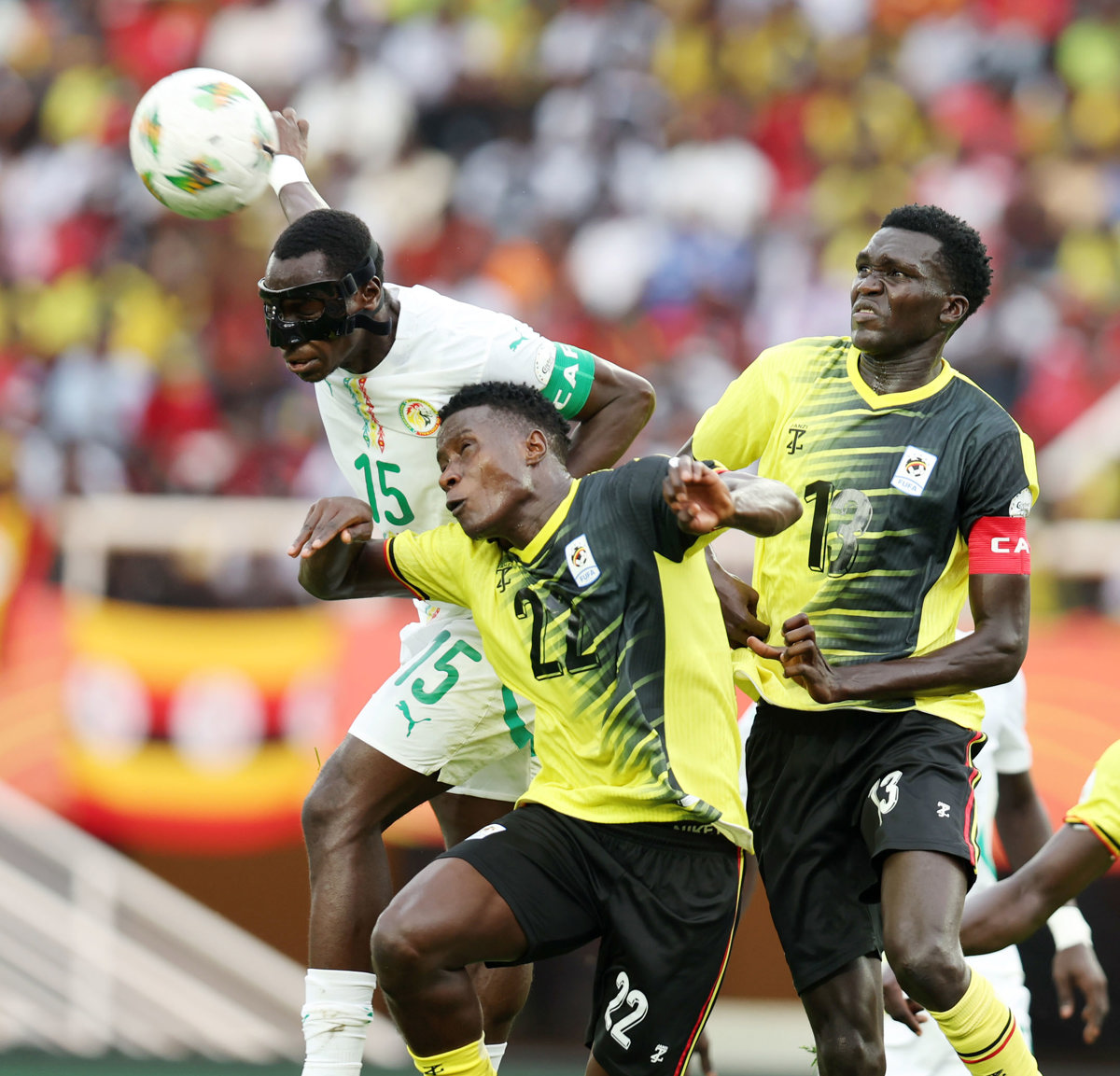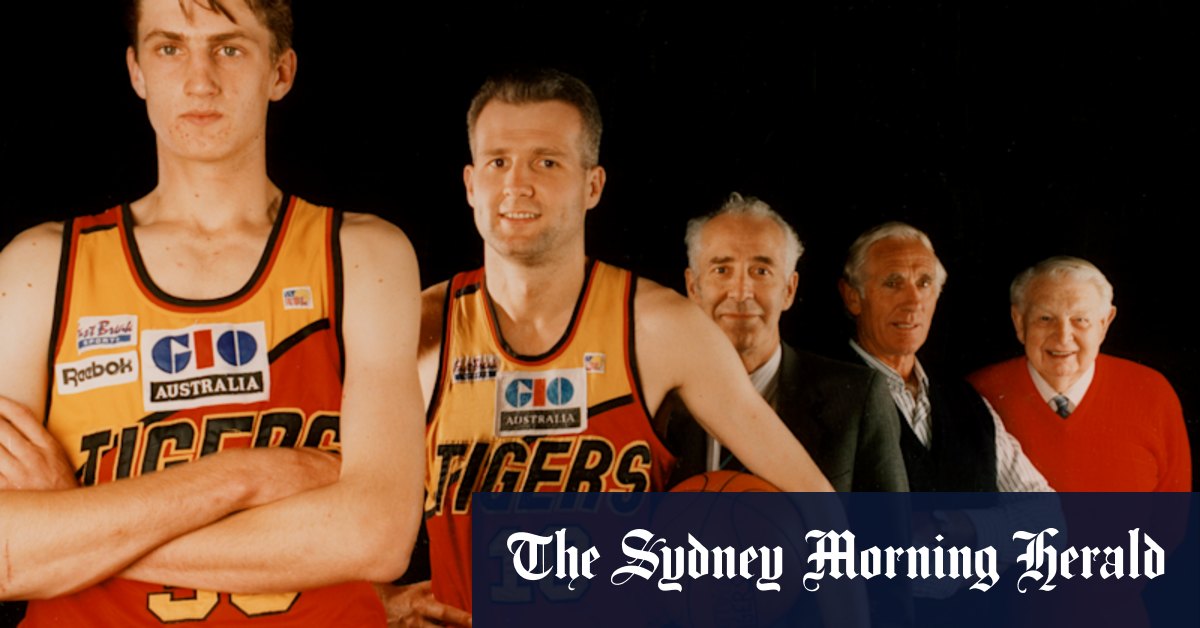Australia vs South Africa ODIs, Talking Points, Marnus Labuschagne, Steve Smith, video, highlights

Australia avoided a dreaded series whitewash in emphatic fashion on Sunday, thrashing South Africa by 276 runs at Mackay’s Great Barrier Reef Arena.It was South Africa’s heaviest defeat in ODI history, with the tourists rolled for 155 in less than 25 overs.Australia vs South Africa T20I & ODI Series | Watch every ball LIVE on Kayo Sports | New to Kayo? Join now and get your first month for just $1 >Earlier, Australia posted 2-431, the nation’s second-highest team total in ODIs, courtesy of rapid centuries from Mitchell Marsh, Travis Head and Cameron Green.Green, having been promoted to No. 3, raced towards his maiden ODI hundred in just 47 deliveries, making it the second-fastest century by an Australian in the format.Elsewhere, young all-rounder Cooper Connolly claimed a maiden five-wicket haul during the run chase, finishing with the best figures by an Australian spinner in ODIs.READ MOREPLAYER RATINGS: Aussie star shines after surprise promotionASHES BLOW: Luckless Aussie speedster ruled out for entire summerCooper Connolly of Australia. Photo by Albert Perez/Getty Images Source: Getty ImagesNUMBERS PROVE THAT SMITH’S ‘IRREPLACEABLE’This week’s ODI series against South Africa proved what Australian fans already knew — Steve Smith is irreplaceable.Australia’s middle order struggled against the Proteas in northern Queensland, suffering collapses of 6-29 in Cairns on Tuesday and 7-88 in Mackay on Friday.Josh Inglis cracked a rapid half-century during the second ODI, while Cameron Green went ballistic on a flat deck on Sunday, but Australia’s vulnerable middle-order was the main reason South Africa lifted the trophy.Over the past decade, Smith has anchored Australia in the 50-over format, capitalising on fast starts or rebuilding the innings after an early collapse.But since announcing his retirement from ODIs in March, the Australians have lost their most reliable batter.“Smith’s one of the greats of the game, in Tests and ODIs,” former Australian spinner Kerry O’Keeffe said on Fox Cricket commentary.“When Greg Chappell retired, we couldn’t replace him. When Warne retired we couldn’t replace him.“Smith may be seen as irreplaceable, that’s how valuable he is.”Since the start of 2023, Australia has won 61 per cent of ODIs with Smith in the starting XI, but that figure slips to 33 per cent when he’s not playing.The Australian middle order has also been considerably weaker when the New South Welshman isn’t there — in overs 11-40 during that period, Australia has lost five wickets or more wickets 66 per cent of the time when Smith isn’t playing, compared to just 29 per cent when he is.“He handles pressure,” former Australian wicketkeeper Brad Haddin said of Smith.“(This week) we’ve seen the Australians just panic a little bit when under pressure.“That’s the one thing Steve Smith controlled for ten years, so they’re missing that.”FIRST WORLD CUP PUZZLE SOLVEDThere are question marks sprinkled throughout Australia’s ODI batting line-up — but not at the top of the order.Mitchell Marsh and Travis Head have cemented their place as Australia’s opening partnership for the 2027 World Cup in South Africa with a record-breaking partnership against the Proteas on Sunday.The duo each cracked rapid hundreds during their 250-run demolition, combining for 23 boundaries and ten sixes in Mackay. It was Australia’s highest opening stand against South Africa in ODIs and fifth-best overall.When opening together in ODIs, Marsh and Head average 85.42, the highest figure among Australian duos (minimum eight innings).Head BLASTS South Africa with EPIC knock | 05:13“It’s good for Australia to lock in the opening pair for the 50-over World Cup,” O’Keeffe said in commentary.“It’s two years away, but you sense Marsh and Head are the go-to for that role.“There’s a symbiosis there, they enjoy batting together.“That’s a very big positive from this one-day series going forward, Marsh and Head back in form.“The No. 1 and 2 are a lock.”However, the success of Marsh and Head creates a headache for Matt Short, who will need to reinvent himself as a middle-order batter for any chance of earning an ODI recall.Highest average for opening partnerships in men’s ODIs90.18 — KL Rahul and Rohit Sharma (IND)88.22 — Mahela Jayawardene and Upul Tharanga (SL)85.42 — Travis Head and Mitchell Marsh (AUS)76.20 — Shikhar Dhawan, Shubman Gill (IND)* Minimum eight inningsMARNUS’ WORRYING SLUMP CONTINUESPoor Marnus.The Queenslander worrying slump with the willow continued in northern Queensland this week, posting twin scores of 1 against the Proteas.After being bamboozled by South African spinner Keshav Maharaj during the series opener in Cairns, Labuschagne wafted at wide delivery from speedster Lungi Ngidi in Mackay on Friday, caught behind by the wicketkeeper.And to make matters worse, he was thrown down the order when Australia chose to bat first on a flat wicket during the dead rubber, with three of his teammates smacking rapid hundreds.Labuschagne has averaged 13.80 across his ten most recent ODI knocks, while he hasn’t scored a century in any of the last 48 matches he’s played for Australia.As pointed out by Haddin on Fox Cricket, Labuschagne may not feature in the upcoming ODI series against India if national selectors want to get some red-ball cricket under his belt before the Ashes.“The Australian selectors have some decisions to make,” Haddin explained.“With the Ashes coming up, do you want guys like Marnus going back and playing state cricket, not worrying about a one-day series, getting some runs on the board?”If Labuschagne was dropped from the ODI team, Cameron Green has put his hand up as a leading candidate for the No. 3 position.The West Australian clobbered a 47-ball century in a career-best performance during the series finale against South Africa, steering Australia towards its second-highest total in ODI history.He currently averages 223.00 when batting at No. 3 in ODIs — albeit with a small sample size of three knocks.“I like Cameron Green at No. 3 in the one-day team,” Haddin continued.“The way he plays the fast bowlers - he’s grown up the west, he picks up length really well, hits well square of the wicket.“I hope he stays there.”Matthew Renshaw, who has been one of the most consistent one-day batters at domestic level over the last 12 months, could potentially make his ODI debut against India if national selectors rest Australia’s Test stars.Green's EPIC maiden ODI century | 04:06AUSTRALIA’S LINGERING NO. 7 HEADACHEWhile much of the discussion this week has — understandably — been about the absence of Steve Smith, it’s proving just as difficult for Australia to replace Glenn Maxwell.The Victorian announced his ODI retirement in June, leaving a vacancy at No. 7.Tasmanian all-rounder Mitchell Owen was expected to get first crack at the position having earned a maiden ODI call-up for the South Africa series, but he was ruled out due to delayed concussion symptoms.West Australian all-rounder Aaron Hardie was recalled in Owen’s absence but struggled against the Proteas, notching scores of 4 and 10 while conceding over nine runs per over with the ball. He was dropped ahead of Sunday’s series finale in Mackay.Hardie hasn’t reached fifty in 31 appearances for Australia — and national selectors may be starting to lose patience with the 26-year-old.Instead, young gun Cooper Connolly was picked for the third ODI against the Proteas, snaring five wickets with his tweakers in a career-best performance during the run chase. However, he wasn’t required with the bat.Despite undeniable potential, Connolly has averaged 5.40 in Australian colours across formats, reaching double figures just once in six knocks.Truth be told, T20 specialist Tim David would be the ideal like-for-like replacement for Maxwell, as shown by his recent feats in the game’s shortest format. However, the Singapore-born slugger has indicated he’s not focused on an ODI return.David is currently plying his trade in the West Indies, representing the Trinbago Knight Riders in the Caribbean Premier League.Speaking in Fox Cricket commentary, former Test batter Mark Waugh acknowledged Australia’s ODI team was missing a finisher in the ODI format.“You look back over the years, great Australian ODI teams have had a Mike Hussey, a Michael Bevan, the finisher,” Waugh said.“It’s a specialist position.”Connolly makes history with fifer! | 02:30Candidates for Glenn Maxwell’s ODI replacementAaron Hardie – 180 runs at 15.00Cooper Connolly – 10 runs at 5.00Mitchell Owen – yet to debutMatthew Short – 280 runs 21.53Jake Fraser-McGurk – 98 runs at 14.00BARTLETT’S DREAM START ROLLS ONXavier Bartlett has enjoyed a superb start to his ODI career, taking 12 scalps across four matches in canary yellow.In Mackay on Sunday, the Queensland seamer snared a couple of wickets during the Powerplay, removing opener Ryan Rickelton before knocking over the dangerous Tristan Stubbs.With the likes of Lance Morris and Spencer Johnson nursing injuries, Bartlett is quickly climbing up the pecking order in Australia’s pace cartel.Only two Australians have taken more wickets than Bartlett in their first four ODIs — Gary Gilmour and Ryan Harris.He currently averages 10.66 with the ball in ODIs, the second-lowest figure in history (minimum 100 deliveries).Lowest bowling average in men’s ODIs10.31 — Gary Gilmour (AUS)10.66 — Xavier Bartlett (AUS)11.00 — Graeme Porter (AUS)11.15 — Shakeel Ahmed (OMA)* Minimum 100 deliveries

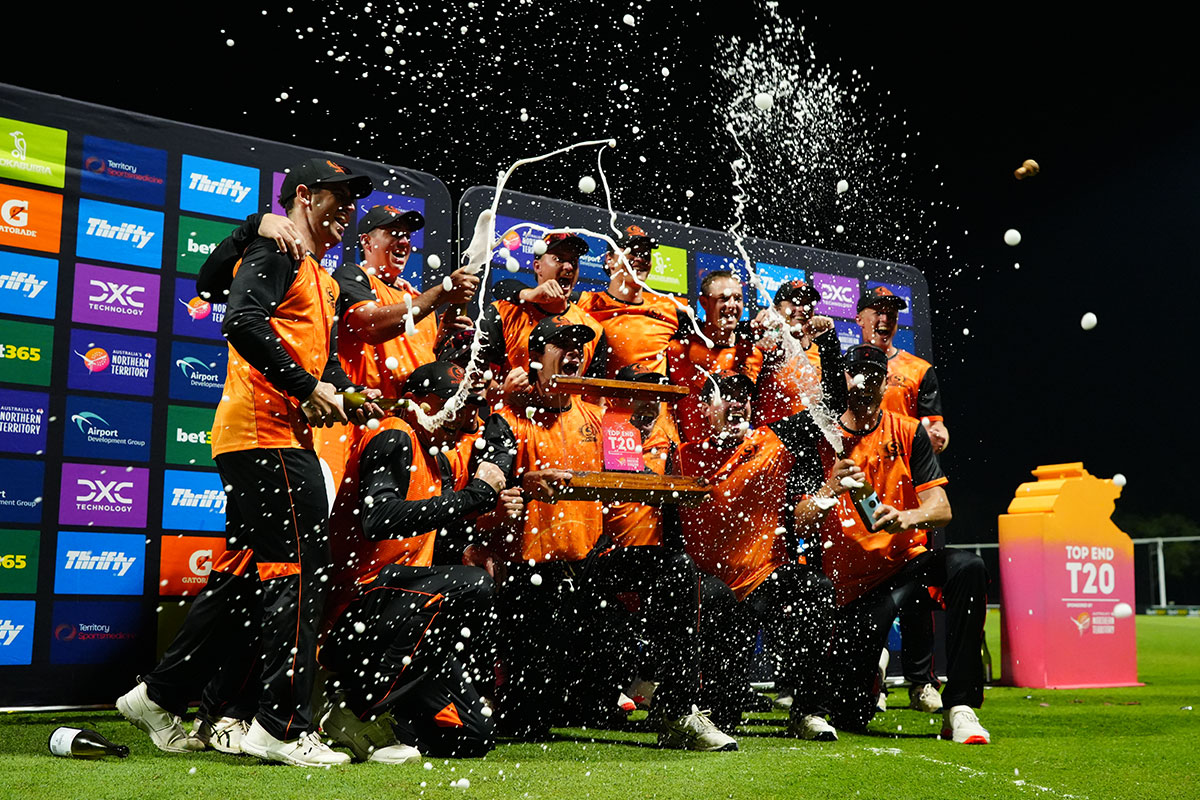
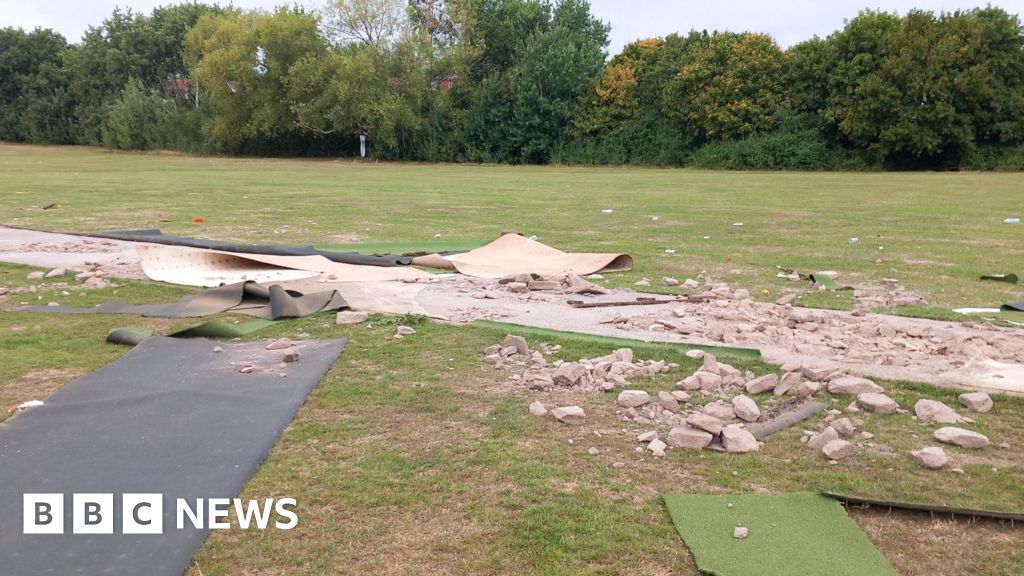
.jpg)
